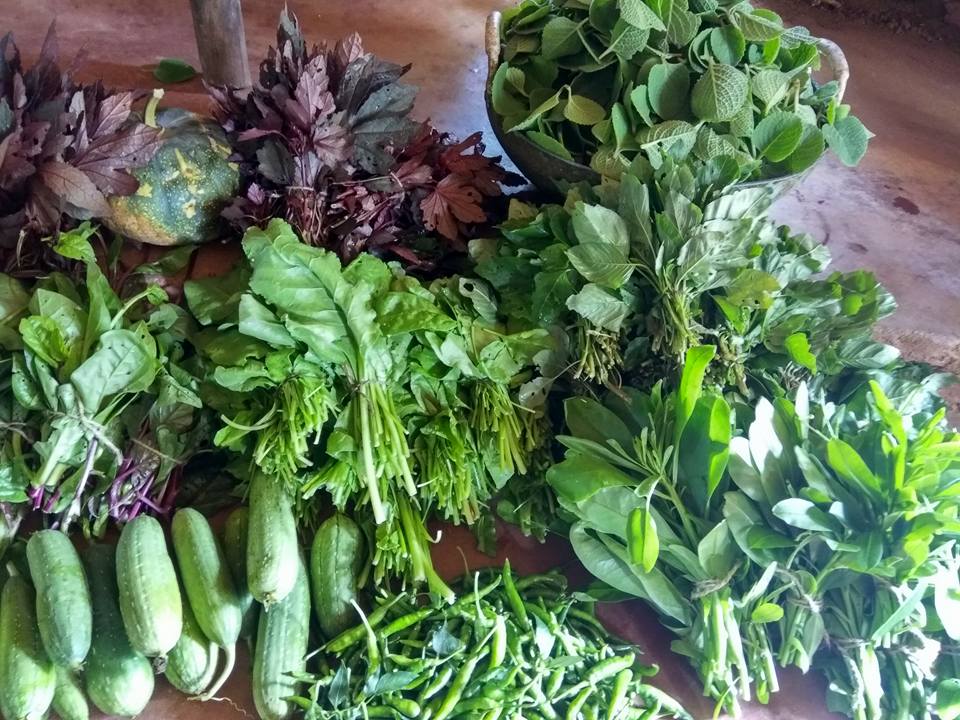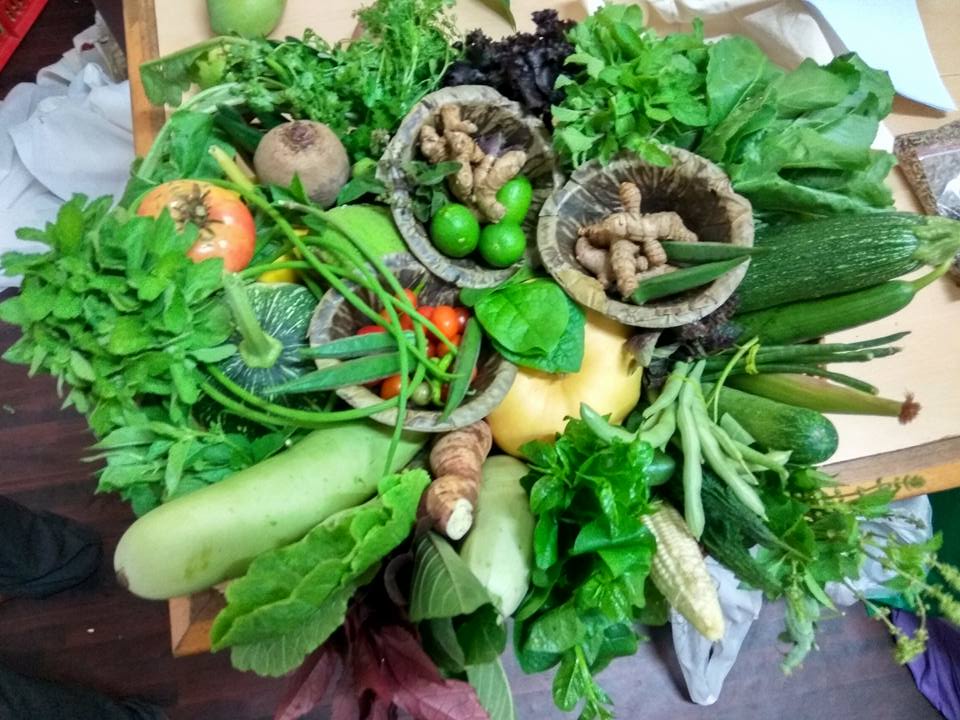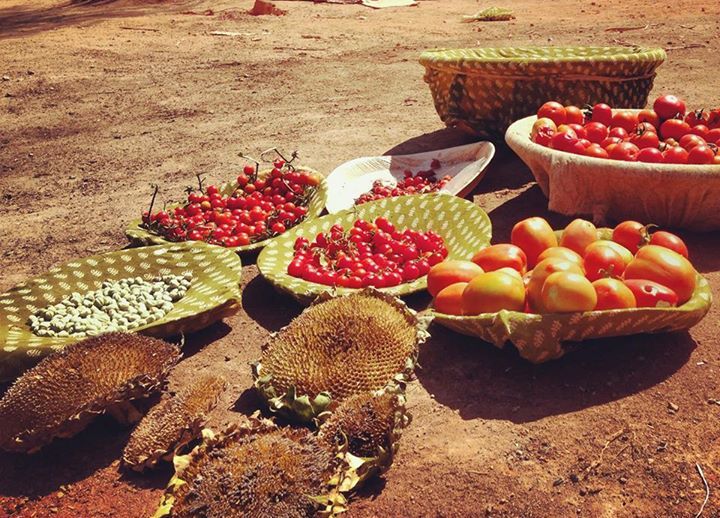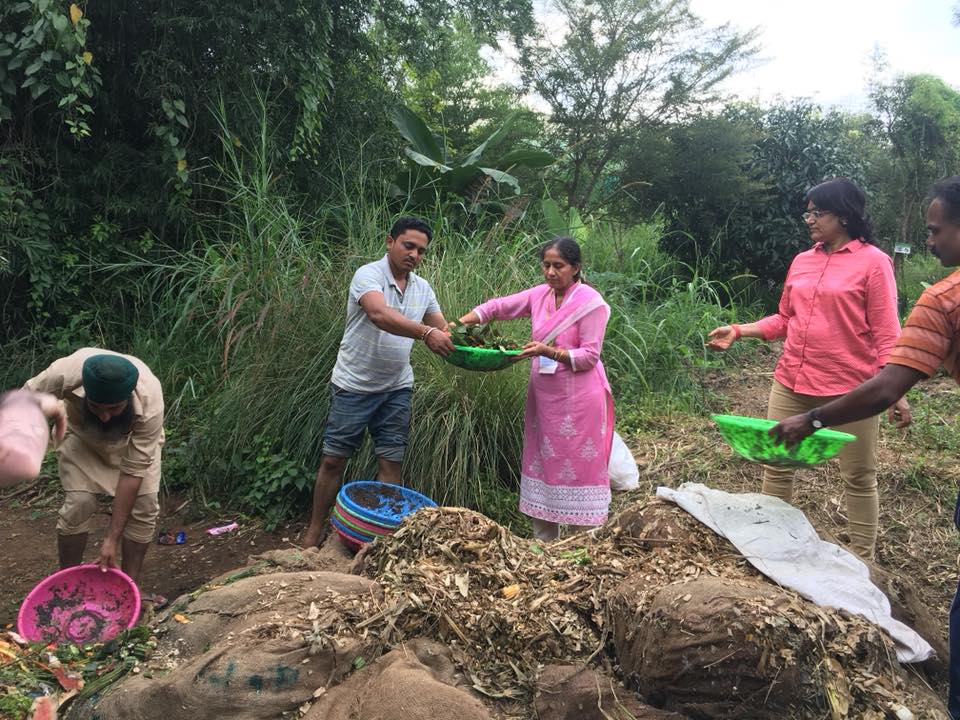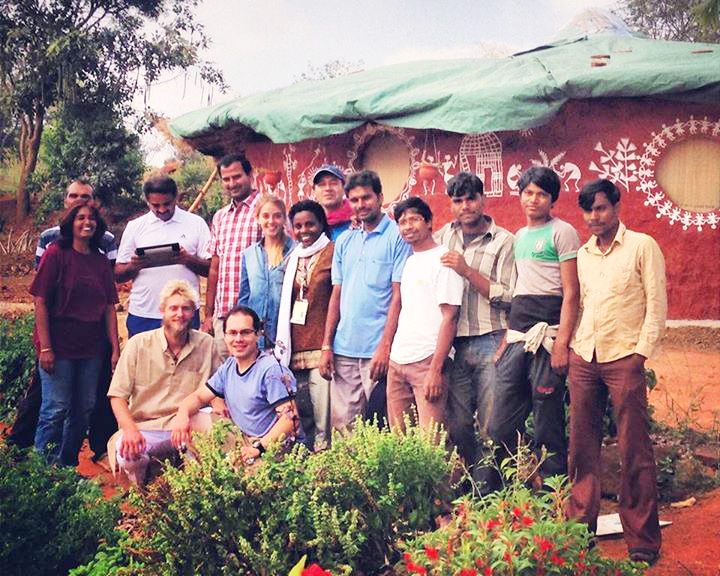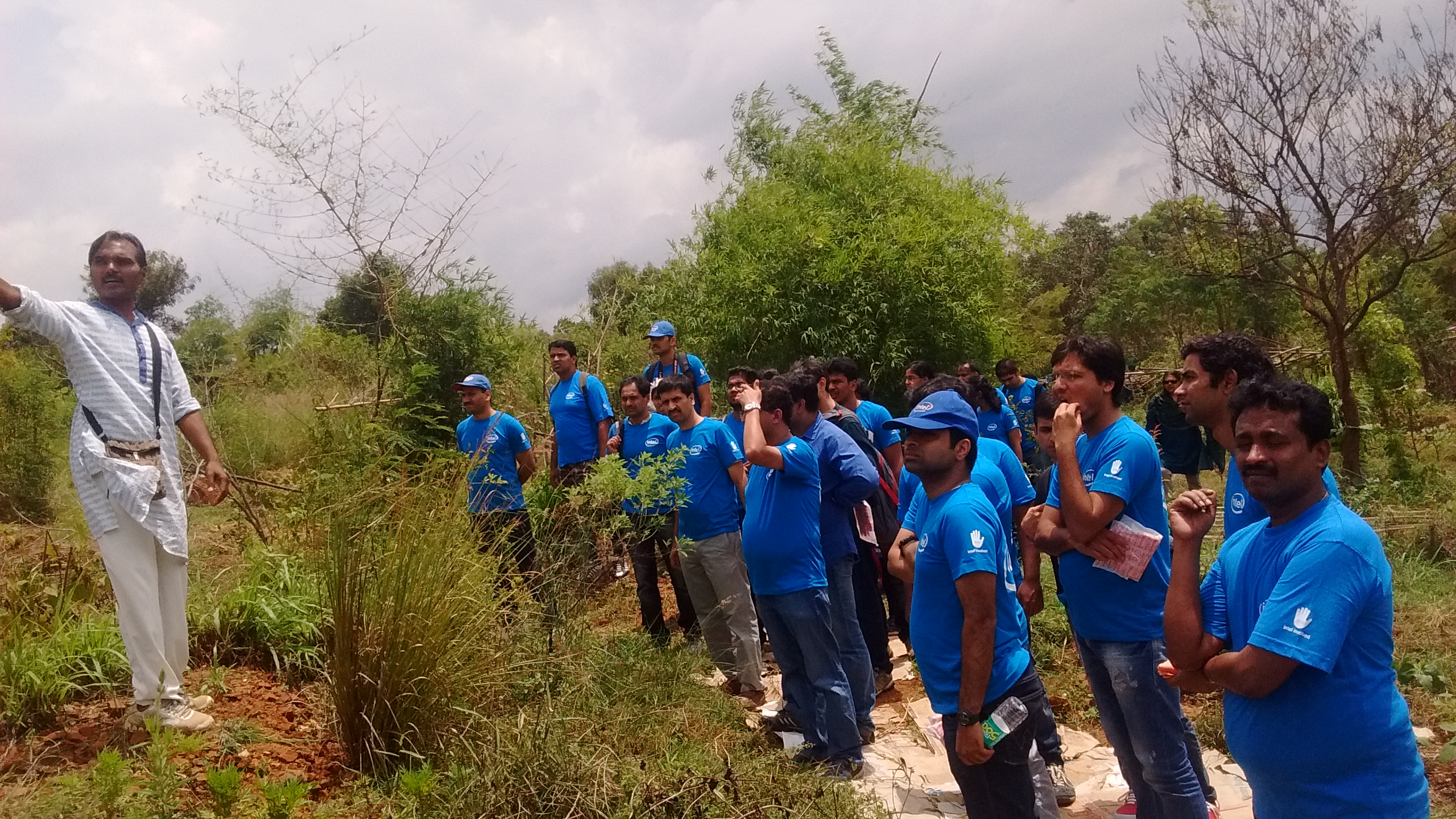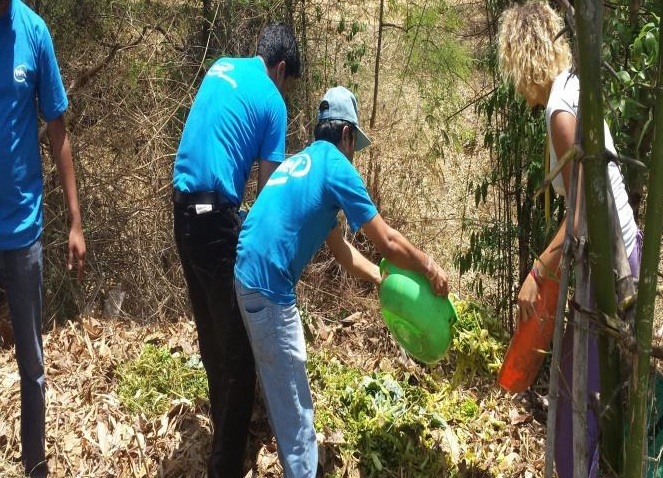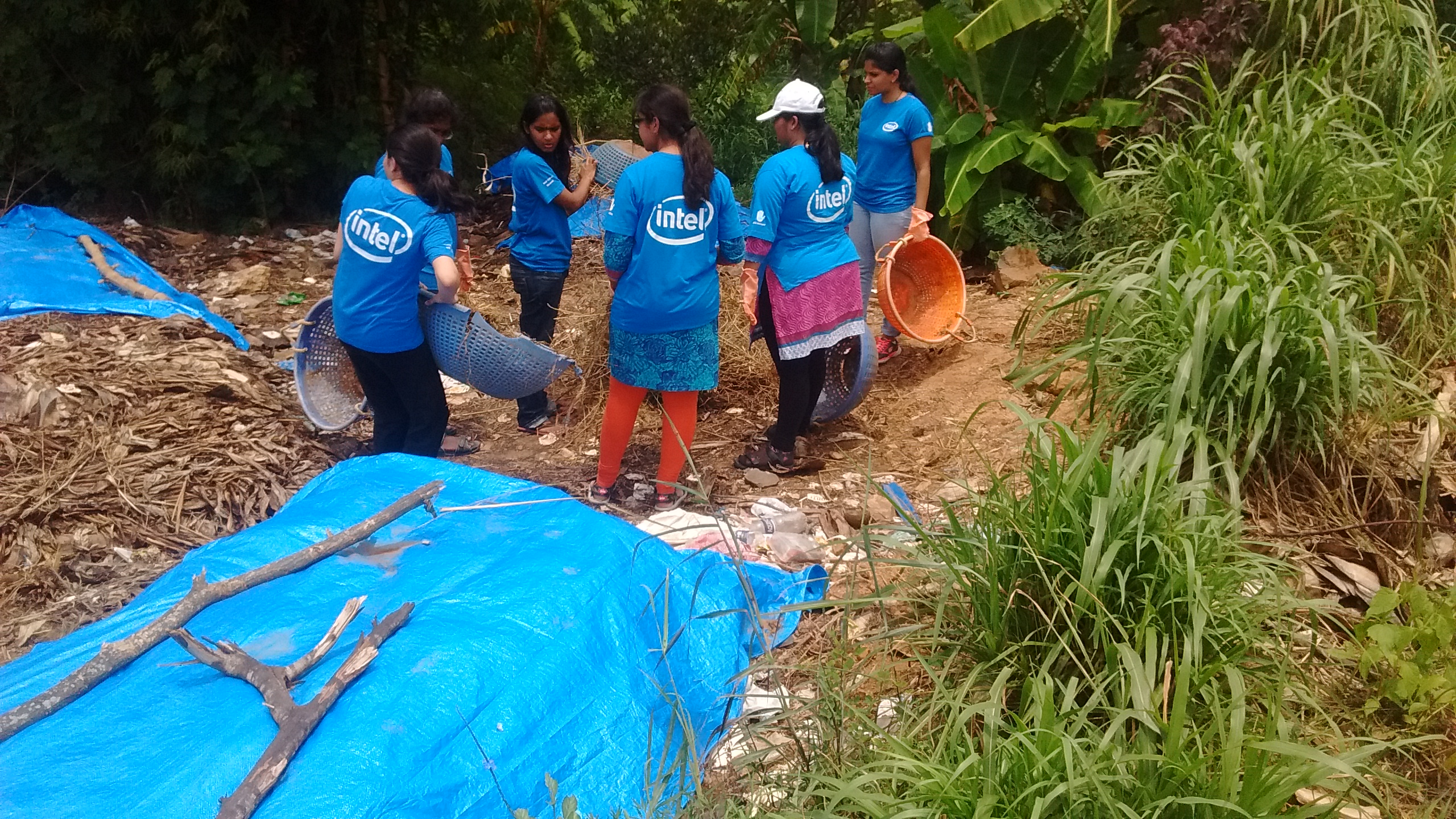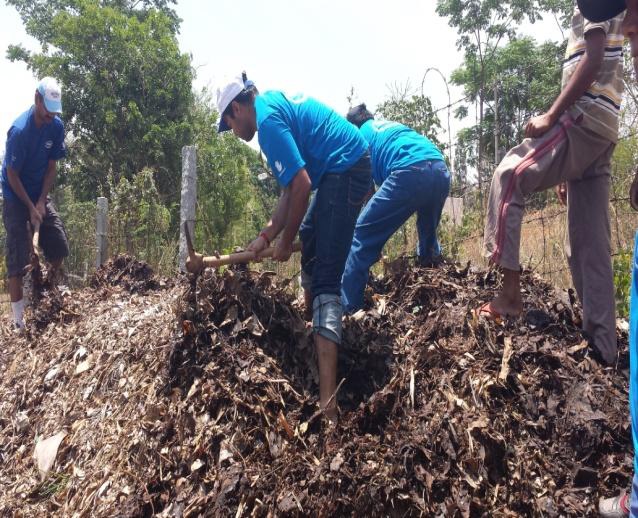Permaculture
Growing our food wisely and well
Permaculture is emerging as a system of food-production that cannot only help us grow chemical-free food, but also saves the planet from further degradation by addressing concerns of soil (and topsoil) health, water-availability, ecological problems and climate change. It is suitable for India as it has low investment costs and enables even small farmers to have food and livelihood security while doing agriculture in an ecologically sustainable way.
Permaculture is a system of sustainable, self-sufficient farming based on patterns and features seen in Nature. Pioneered by Bill Morrison and David Holmgren, permaculture refers to “permanent agriculture.”
Staying for years in a forest, they observed how, on the hill slopes, trees flourished even though there was no standing water and though soil erosion took place. They started documenting their findings and came out with the concept of “Permaculture.”
There are 3 ethics of Permaculture: Earth Care (“enabling all life-systems to continue and multiply”); People Care (Humans should have access to Earth’s resources) and Fair Share (Taking only what we need and conserving resources to take care of the first two ethics).
Designing a permaculture farm involves bringing together land, plant species and other resources in a “design” that brings maximum benefits to both humans and to ecology and draws from allied fields like organic farming, integrated farming, and agroforestry and so on.
There are 12 Principles of Permaculture of which 6-7 are used in the Art of Living’s International Center in Bengaluru. Binay Kumar, who heads the Permaculture Department says, ‘For me farming means no investment.”
He conducts internships and one-day workshops in which attendees learn how to use leafy matter and other biomass to construct beds that turn into rich, moist and fragrant compost after 90 days. The history and the basics of permaculture design and management of water and waste are also taught.
Amazingly, seeds as well as saplings can be planted even on the newly-constructed compost beds. Mulch is used to prevent evaporation and protect soil-moisture. Watering is minimal at every stage of production as plants need moisture, not water, for optimal growth.
Binay rues the practice of burning leaves. Nothing can substitute the value of leaves and biomass, he emphasizes. The Permaculture Farm at the Ashram is ever-busy with activity and a stream of course participants and visitors from far and near.
Gurudev has said that everyone should learn about permaculture. To do so, join our one-day inter active course and learn transformational facts about not just perma, but also about the Green and the White Revolutions, about the importance of cows in agriculture and a host of important facts
Intel’s Day Visit
To the Art of Living Permaculture site,
Bangalore International Ashram,
16th May 2014
Introduction
On the 16th May 2014, employees from Intel as part of the Volunteer Engagement Program with IAHV attended the hands-on activity at the Art of Living International Ashram Permaculture site in Bangalore. The site which serves as both a demonstration as well as a training centre has consciously designed landscapes that mimic the patterns and relationships found in nature while yielding an abundance of food, fiber, and energy for the provision of local needs.
Background
Venkatesh Dharmraj, IAHV volunteer, along with Brecht Deriemaeker and Nick Tittle as consultants from the Surplus Permaculture Design team, designed to develop seven acres of degraded land that was offered by the Art of Living International Centre, Bangalore. The design was completed in July 2013 and implementation started in August 2013. The team, over 90 days, applied the design, dug swales and ponds for water harvesting, raised garden beds, grown many fruit trees and support species, and built a bamboo and mud hut. The swales, says Venkatesh, have started filling up the nearby ponds; the gardens have started yielding flowers, vegetables, and fodder, which are being supplied to the ashram; and the land already looks green.
“Now, the idea is to teach people and inspire them to take up permaculture to bring sustainable farming back to life”.
The Program
As part of the IAHV Voluntary Engagement Program, Intel employees spent the day in hope of being inspired and shown a simple yet effective way of sustainable farming that could be implemented in one’s own backyard. The day began with corporate volunteers being welcomed by IAHV and permaculture representatives and being provided with the days planned activities. Thereafter Venkatesh Dharmraj introduced those present, to the concept of permaculture and took them through the history of the origin of the site. He spoke on the design science and the design principle involved in permaculture. He also provided them with insight into building the first natural building on the site. The building called a yurt, is a nomadic structure used by Mongolians for over 1000 years. They are inexpensive, fast to build and composed of natural materials that are usually readily available. The material used to build the hut consisted of simple materials such as bamboo, clay, straw, cow dung and grass; materials that cost nothing but are rather gathered from around the site.
The volunteers were then taken around the site and were shown how to prepare compost beds. Compost is a key ingredient in organic farming. At the simplest level, the process of composting simply requires making a heap of wetted organic matter known as green waste (leaves, food waste) and waiting for the materials to break down into humus after a period of weeks or months.
The volunteers were guided by sevaks at the permaculture site on how to make rectangular-shaped piles, which are easier to handle. The Intel employees worked as a team in collecting and laying out a six-inch layer of dried leaves.
Thereafter, a two-inch layer of other organic material that is higher in nitrogen than leaves was added. These consisted of vegetable waste from the ashram kitchen. Lastly, sand was collected and layered over the heaps.
Other volunteers were shown how to turn heaps of compost beds that had been created a few weeks prior. The volunteers used pitchforks to dig into the piles and ‘fold’ the compost altogether. Turning the heap is essential to continually introduce fresh oxygen into the compost piles.
By midday, the corporate volunteers had created 6 beds of compost and had turned 3-4 compost beds. They then enjoyed a scrumptious meal that had been prepared by the Panchakarma Centre which is the ashrams Ayurvedic Centre. The meal consisted of all healthy and organic vegetables cooked in a healthy way.
After lunch the corporate volunteers were transported to Vishalakshi Mandap, which is the ashrams meditation hall, and were shown a few videos on the Art of Living Permaculture site activities. They were also shown before and after videos of the effects of the permaculture design. Employees were then provided an opportunity to ask questions on their learnings for the day.
The day ended with a few participants sharing their experiences for the day. Participants felt.
- They had learnt a lot about simple organic farming.
- There was a need to reduce the impact on the earth’s resources.
- Inspired and were eager to take what they had learnt and implement it in their own backyards or plots of land that they owned.
- Showed keenness to engage again with IAHV in order to learn more about permaculture and what it has to offer.

